[Tribute to Special Education Teacher] Several generations of special education people on the Centennial Special Education Road
Author:China Disabled Persons' Feder Time:2022.09.09
Editor's note: In the huge team of teachers, there is such a niche group: they are facing special children with defects in the body or mental mind. Big contrast. They are special education teachers.
Since the establishment of the first special education school in my country in 1874, the Special Education Museum has explored in the process of nearly 150 years. A generation of excellent specialties such as Park Yongxin and Yin Chunming emerged. Special education teachers have also entered the public vision with the development of special education.
The "special" of the special education teacher lies in the differences of the object of education, the uniqueness of the teaching method, and the diversity of the knowledge structure, but also the lofty nature of professional ideals. Special education teachers have faced questions from the outside world and society for a long time. Special progress of special children often bring them great encouragement.
According to statistics from the Ministry of Education, as of 2021, the total number of teachers in my country has reached 17.9297 million. Among them, the number of full -time teachers of special education schools is 69,400, and the number of special education schools in the school reaches 919,800. Facing the increasing needs of teachers, some of the special teachers adhere to dedication and some people choose to leave. Many of the special education teachers who are rooted in the front line call themselves "idealists". They have a higher understanding and pattern of disability, integration, and social justice. And their ideals may be the perfect interpretation of "teaching and no category".
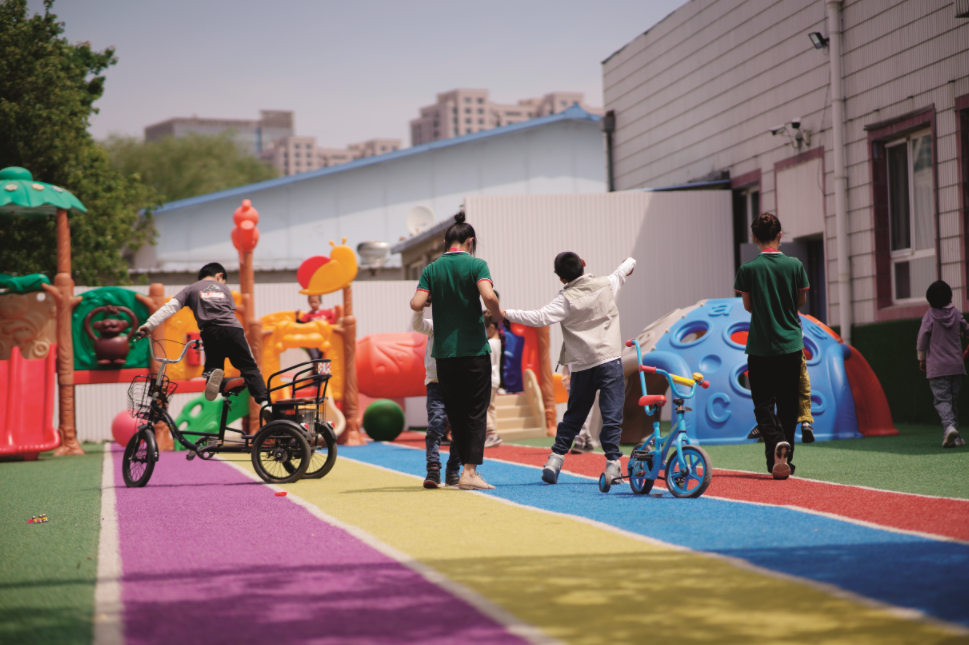
Every teacher who goes to a special education position has to go through a period of adaptation of one to two years, from self -denial to affected society, to reshaping self -worth. (Photography Zhang Ximeng)
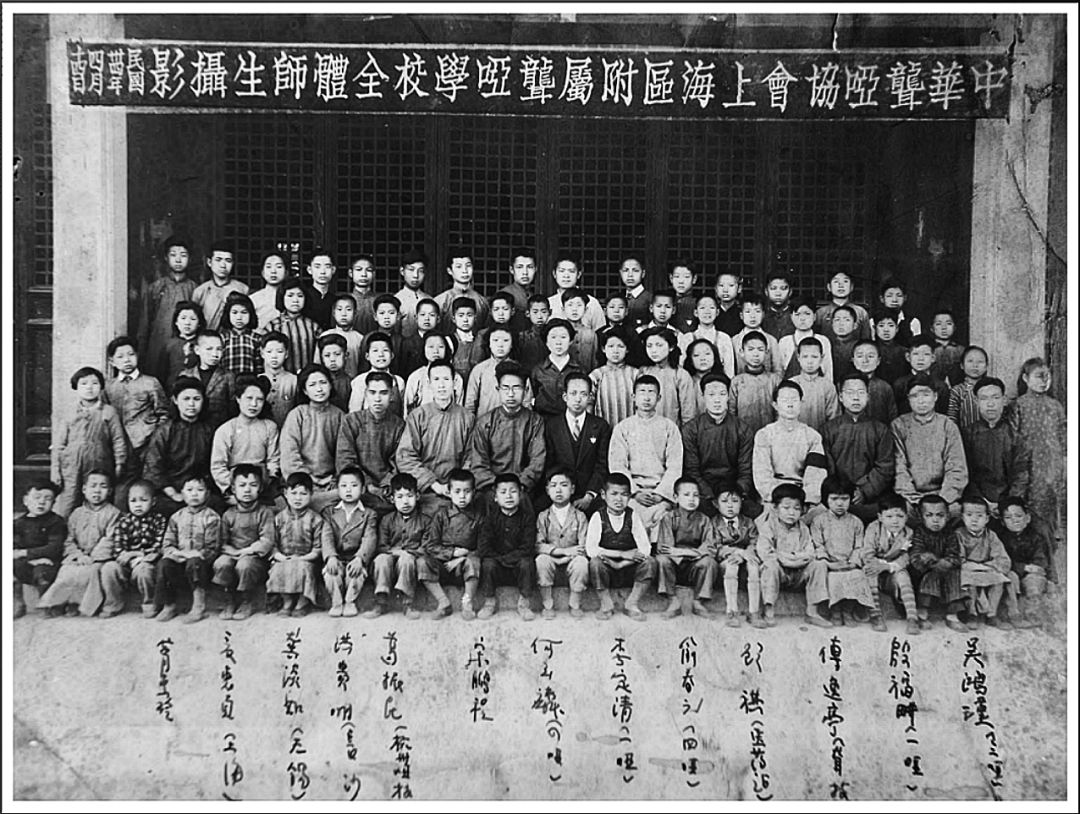
On April 14, 1945, all the teachers and students of the deaf and mute school affiliated to the China Deaf and Mute Association took a group photo. The names are marked with the names of many special teachers, Li Dingqing, Song Pengcheng, Gong Danru, He Yulin ... At that time, they gathered in the Chinese Deaf School. Afterwards, their footprints were almost half a small number of China, which became the education of deaf people at that time. Fire species.
From the establishment of the first special education school in our country (1874), the history of modern Chinese special education has gone through a half -century, how many storms have gone through a century and a half. Blazers and explorers went forward. Now that we look back at history, we can still feel their enthusiasm for "one lamp to break through thousands of years."
Modern Chinese special education business opened by missionaries
In the late 18th century, the enlightenment thinker Didro analyzed the characteristics of deaf and blind in his philosophical book "On the Blind Book Simpage". He believed that they felt that the world was not inspired by the heart or God, but was based on education. Based on it. This has become an early view of special education.
In the modern sense, special education is the first to be based on blind and deaf and dumb education. It originated in Europe. France is one of the pioneers of special education. The world's first deaf -mute school and the first blind school were born in Paris: In 1760, the Frenchman Rype opened a deaf child training class (the predecessor of the Parisa Deaf School) in his home, and published a number of papers such as "Real Deaf School Teaching Law" and "Blind Teaching Notes" to open In the door of modern deaf education, Rype was also known as the originator of the sign language teaching system. In 1784, French charity Huo Wei established the first blind school in Paris and created early blind teaching methods and textbooks.
In addition, the international "Blair" is now created by the French. In 1824, the French blind Louis Blair was inspired by the "night text" (the text that contacted and passed the order for night operations), creating a negative point system. This kind of blind text is easy to read and easy to write, so it was identified as a blind text internationally in 1887. To commemorate Louis Blair, people call international universal flames "Blair".
The reason why France's special education is so advanced, and it is inseparable from the French ideological enlightenment movement, bourgeois revolution, and comprehensive national strength. At the same time, the European Renaissance, the British industrial revolution and the advancement of science and technology also provide motivation for special education. By the middle of the 19th century, in Western European countries, blind and deaf education have begun to take shape.
The beginning of Chinese special education, according to scholars, dates back to the vocational training of blind musicians in the Zhou Dynasty. However, special education in the modern sense originated from the 1970s and 1980s. Western missionaries founded the earliest blind schools and deaf schools in my country in Beijing and Shandong.
In 1874, British missionary William Murry founded the first blind school in Chinese history in Ganyu Hutong, Beijing, Beijing, and he founded the first Chinese -language blind word system in combination with the "Blair" blind text. , That is, "Crimson Tongwen", also known as "Kangxi Blind". To this day, more than 140 years have passed, and the Tongtong Literature Museum first renamed Beiping Qiming Mindura House. After 1949, it was renamed Beijing Blind Children's School.
In 1887, the American missionary Mills and his wife founded the earliest deaf and dumb school in China in Penglai District, Shandong (currently in Penglai District, Yantai City) at the time. The predecessor of Yantai Deaf and Mute Center School. Mrs. Mills also wrote the early Chinese deaf school textbook "Qi Qi", which has since been given a deaf educational speech in various parts of China. Under her influence, many founders of many deaf schools across the country were originally trained here. For example, Du Wenchang, who later founded the Peiping Private Deaf School. After William Murry and Mills couples, there are British missionary Li Xiuzhan (Chinese name), Fu Lanya, Fu Bulan (Chinese name) father and son. Li Xiuzhan gave up the excellent life in China and donated his father's generous heritage. He did not marry his life. He was alone in China for 31 years. He and William Murry together promoted the development of Chinese blind education. Fu Lanya, Fu Bulan's father and son took special education as a family career. They founded and managed the Shanghai Blind Child School and Shanghai Deaf Child School to introduce the concept of international special education. The highest level.
Although the evaluation of missionaries in history has mixed missionaries, Marx has criticized "modern religion is a tool for suppressing colonies" in his early years, but objectively speaking, like a part of the missionaries mentioned above, Progress in science and technology, humanities, education and other aspects.
When Li Xiushan died of hard work in Hankou, Wuhan, Hubei, many ships on the Yangtze River on the Yangtze River on Hankou dropped the banner. Mrs. Mills, who founded the first deaf school, still adheres to China in the dilemma of her husband's death, daughter's illness, and fund interruption. Nowadays, countless special teachers go to Yantai Deaf and Mute Center School, and in Mrs. Mills Look forward to admiring and remembering.
Founded in 1874, the Tongtong Literature Museum is the first blind school in our history. It has a history of more than 140 years. It is later developed into Beijing Blind School.
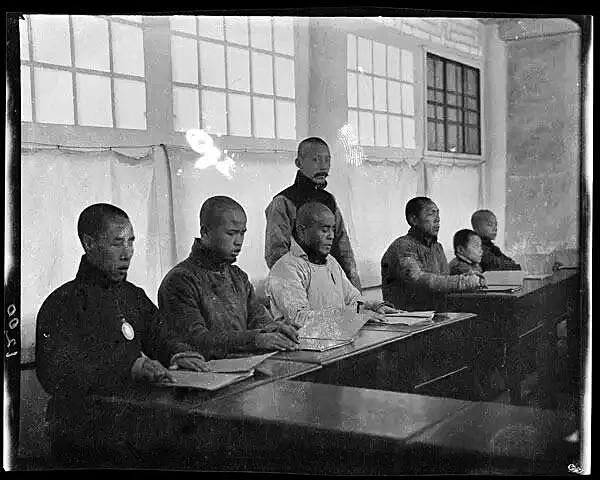
Early exploration and practice of local specialties
Around 1900, Western missionaries burned the fire of the stars of modern Chinese special education. Subsequently, many people in China began to promote the localization of special education, including Zhang Ye, an industrialist in the late Qing Dynasty and the early Republic of China, educators, publishers Zhang Yuanji, and Du Wenchang, Wu Yusheng, Gong Baorong, Xie Bozi and others.
Park Yongxin (left) and Yin Chunming (right), known as the special education session of "Bei Pu Nangyin", were learned from the Soviet Union in 1955 to study special education in the Soviet Union. After returning to China, the foundation was made for the New Chinese Special Education.
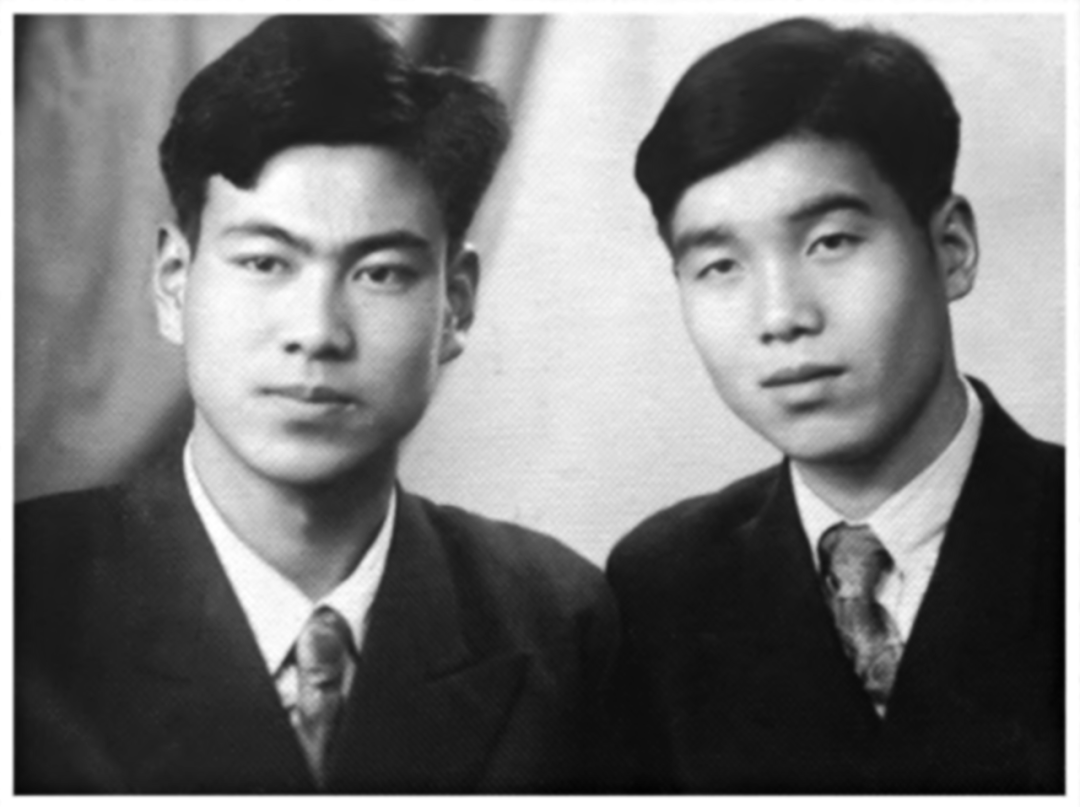
Yin Chunming guides deaf children during the internship. Yin Chunming, who has been working in the field of special education for a lifetime, has described himself as "two ears have heard in teaching, and have no regrets in your life."
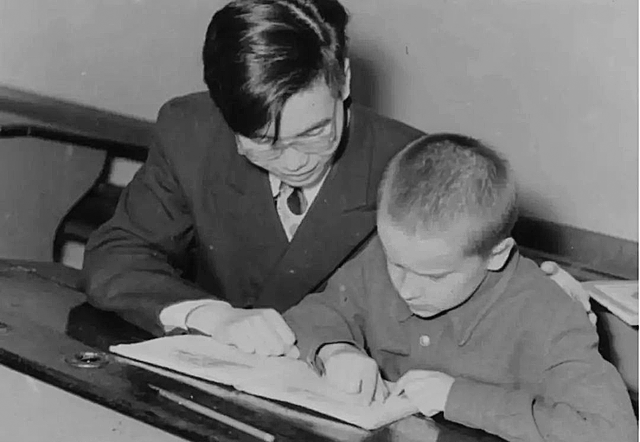
On the Chinese political and economic stage in the late Qing Dynasty and the early Republic of China, Zhang Ye achieved prominent results, and in the history of Chinese special education, he also played an important role. In 1903, Zhang Ye was deeply shocked after visiting Yantai Qiyu School. In the following years, he has always been deaf education. Twelve years later, Zhang Ye opened the Normal University of Langshan Blind School in Nantong, Jiangsu, and trained early professional special education teachers for China. The following year, he founded the "Langshan Blind School" and served as the principal for 10 years. He has made great achievements in the setting of blind -dumb education courses and teaching methods.
Zhang Yuanji, who is almost an same as Zhang Ye, is also an important figure in China's modern political history, cultural history, education history, and publishing history. He took special education as one of the important topics of his learning during his global tourism overseas in March 1910. After returning to China, he repeatedly made remarks calling on all sectors of society to pay attention to special education, insisted on donating to Shanghai Blind Children's School, and for many years of employment in students from deaf schools. In the second half of his life, he also planned a number of special education monographs.
Under the influence of the Mills couple and the Yantai Qizheng school they founded, Beijing, Nanjing, Hangzhou and other places have also begun to establish deaf schools.
In June 1919, Du Wenchang, who graduated from Qilu University, followed Mrs. Mills for 5 years and studied deaf and dumb education. The current situation is turbulent. It was not until the founding of New China that the school was changed to the second deaf and mute school in Beijing in 1951, and there was development opportunities. Beijing's first deaf and dumb school (now merged with Dongcheng Peizhi Central School, the establishment of "Dongcheng Special Education School") was founded in 1935. The two also became the main pioneer of Beijing Deaf Education.
In 1931, the innate deaf Gong Baorong held the desire of "benefiting the same disease". With the support of the mother, he sold his home fields, paid all home property, and used the teaching methods of Shandong Yantai Qiyu School. Dumb school. He first created 40 phonetic symbol hand -cut pictures and wrote "Hand -cut Textbook". After the outbreak of the Anti -Japanese War in 1937, the school's teachers and students moved to run schools in various places, and insisted on the victory of the Anti -Japanese War, becoming a very few deaf schools that did not stop school during the Anti -Japanese War.
Xie Bozi, who is also innate deaf, is a generation of calligraphy and painting artists in my country, and his other business card is a deaf educator. In his 30 years (1949-1979), he served as the principal of Changzhou Deaf and Mute School, combining artistic concepts with special education, and conducted a series of theoretical thinking and practical exploration in special education.
In addition, there are many workers who are not familiar with but have special education for their lives, such as Gao Yanyun, Lei Jingzhen, Chen Guangxuan, and Yu Shufen and Song Pengcheng, who are deaf dysfunction due to illness, from Beijing, Shanghai, Shanghai, Shanghai, Shanghai, Shanghai, Shanghai, Shanghai, Shanghai, and Shanghai After graduating from Nanjing, Yantai and other deaf and mute schools, he returned to his hometown, thus becoming a leader in special education in local education. It is worth mentioning that there are many names in history, such as Zeng Guofan, Li Hongzhang, Huang Yanpei, Zhang Boling, Hu Shi, Tao Xingzhi, Yu Youren, Yu Dafu, etc. The sage's life intersection has formed a deep or shallow cause with the special education cause.
For example, as early as 1927, Cai Yuanpei proposed to carry out deaf and mute education at universities. Yu Dafu once wrote an inscription for Yu Shufen, "The dumb person can speak, the deaf can listen, and there is no disability in the world!" This word has always been treasured by Yu Shufen, which also inspired her to engage in the education of deaf people throughout her life.
The special education territory in the early days of the founding of New China
Before the founding of New China, the special education schools were mostly founded by private people. Special education was mainly "care" and "maintenance". It basically belonged to the nature of charity relief. Because of the specific historical environment and the limitations of the times, special education regardless of educational ideas, regardless of education, or Still in running conditions and levels, they are all spontaneous and scattered. Special Chinese education has changed dramatically after the establishment of New China.
In 1951, the "Decision of the Government Council on the Reform Academic System" proposed to educate children, youths and adults who have defects in physiology; in the same year, private Beijing Deaf and Mute School began to take over as public schools, reflecting the party and the government to promote special specials in promoting special promotion Education's firm will and humanitarian care.
In 1953, the Ministry of Education established the "Blind Education Department" in charge of special education in the country. Since then, the state has released a series of documents to ensure the development of special education. For example, the "Several Instructions on Doing a Blind Children's School and Deaf School" released in 1957 clearly stated that "blind, deaf and mute education is an integral part of the country's entire education undertakings", "must run the existing blind children Schools and deaf schools ".
On April 30, 1971, Premier Zhou Enlai inspected the third deaf and dumb school in Beijing. After the founding of the People's Republic of China, Premier Zhou Enlai inspected the school many times, fully reflecting the firm will of the party and the government to run special education. (Picture Xinhua News Agency)
In addition, the state also sent two students to study special education in the Soviet Union. The two were Park Yongxin and Yin Chunming, which later became familiar to the "Bei Pu Nangyin" in the field of special education. The two have intersecting their lives in 1955. This year they graduated from middle school and were selected as students who studied special education in New China for special education.
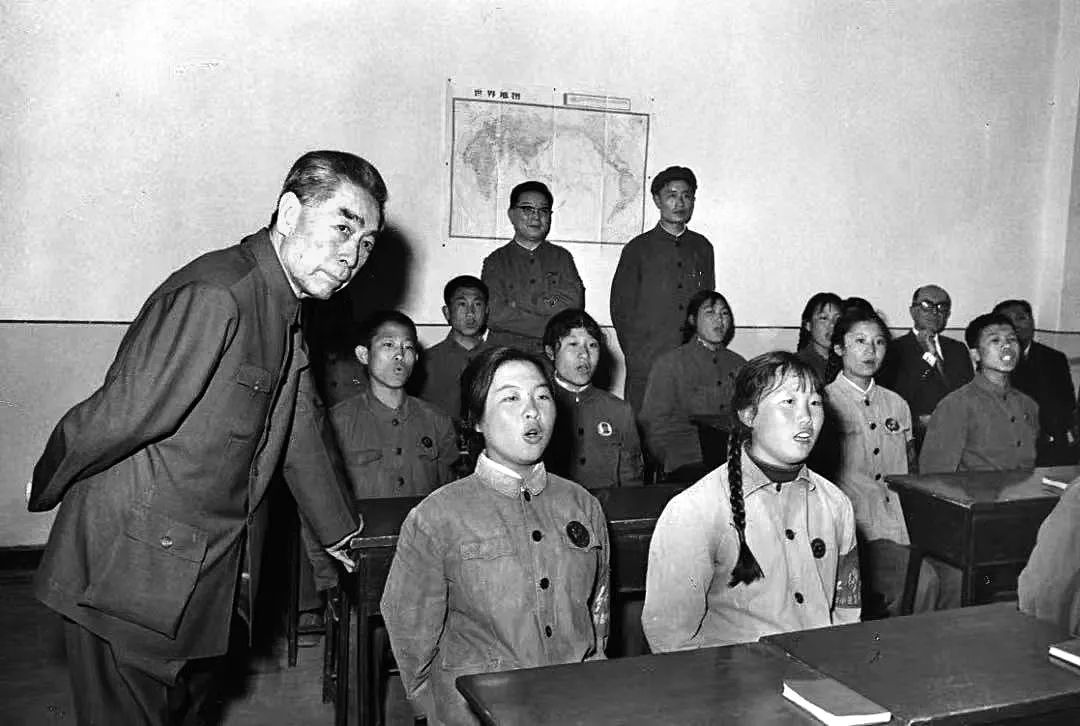
In 1961, the two returned from school. Park Yongxin worked in the second deaf school in Beijing. Yin Chunming worked in Shanghai's second deaf school.
Among the special teachers trained in the country, in addition to studying abroad, there are a large number of special education teachers who are trained in the local area. Most of them are rooted in the grassroots level. Lood the foundation of practice, such as Yu Dunqing in Wuhan, Hubei, Cao Zhengli in Qingdao, Shandong, and Zhu Juling in Nanjing, Jiangsu.
After graduating from Wuhan First Normal School in Wuhan in Wuhan, Hubei Wuhan, Hubei, took the initiative to be assigned to Wuchang Deaf and Mute Primary School (later renamed Wuhan Second Deaf School). By 1997, he retired and struggled for 40 years in the school. Originally, like Ye Liyan, he was selected as a student plan for the United States. Although he failed to pass the final selection, he was not discouraged. After retirement, he continued to engage in the family rehabilitation of deaf children.
Cao Zhengli, a native of Qingdao, Shandong, worked at Qingdao Blind School after graduating from Qingdao Normal School in 1963. In the 1990s, there was no high school in the country that could accept blind students. In 1993, the Ministry of Education and the China Disabled Persons' Federation commissioned Qingdao Blind School to trial to organize the first native high school class in China. Cao Zhengli, who had served as the principal at the time, received a heavy task. By this year, Qingdao Blind School has recruited more than 20 blind students from the country, of which more than 400 people were admitted to Changchun University, Beijing United University, Nanjing Special Education Normal University and other universities for further studies. Know.
In 1960, Zhu Juling, a 16 -year -old Jiangsu Nanjing, became a Chinese teacher in Nanjing Deaf and Mute School. He struggled for a long time for the special education career. Until August 2021, hemangioma bleeding died. "People's Pictorial" used two entire page in 1981 to publish photos of Zhu Juling's Chinese teaching for students. For the first time to learn about deaf education.
In 1981, the 10th "People's Pictorial" was reported on the "disabled but not abandoned people", which made a special report on the cause of the disabled in China. In terms of "special education", the deeds of Mr. Zhu Juling mainly reported. The picture shows Zhu Juling (right) of Nanjing Deaf and Mute School.
With the development of special education disciplines, special education for preschool education has attracted more and more attention. Because the special children of preschool children are younger, this also puts forward higher requirements for special education teachers in teaching methods, teacher -student interaction and other aspects. (Photography Zhang Heyong)
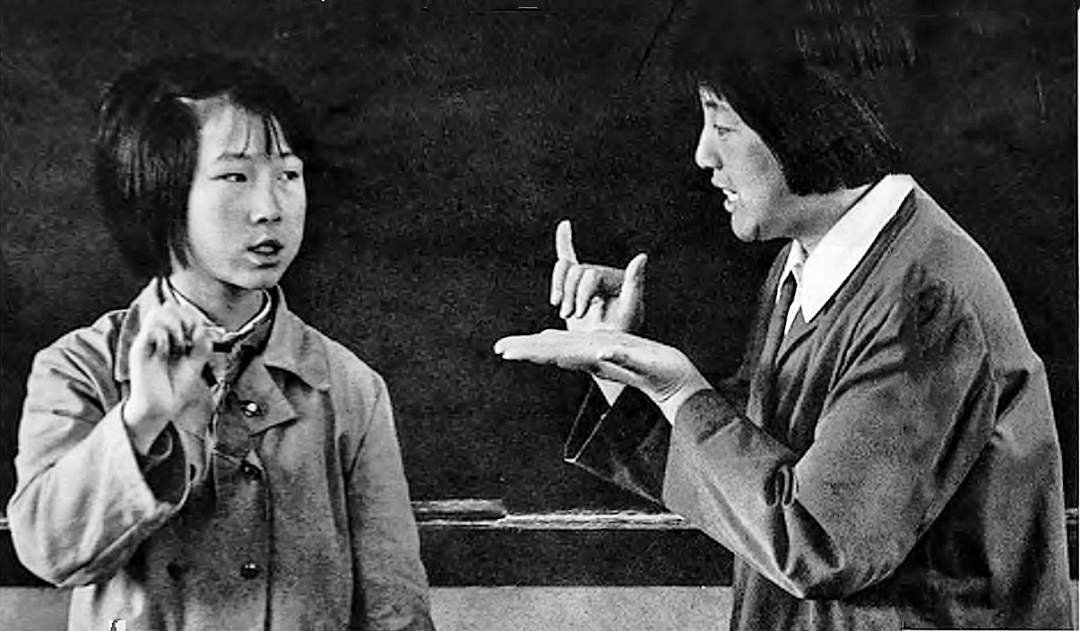
Before the founding of New China to reform and opening up in 1978, the majority of special educators were both special education practitioners and founders and sowers of special education. During this period, under the care of the party and the country, special education gradually incorporated into the national education system, and began a large -scale and institutionalized specialized education school. However, the training of special education talents in universities has not yet been carried out. The brilliant construction after reform and opening up
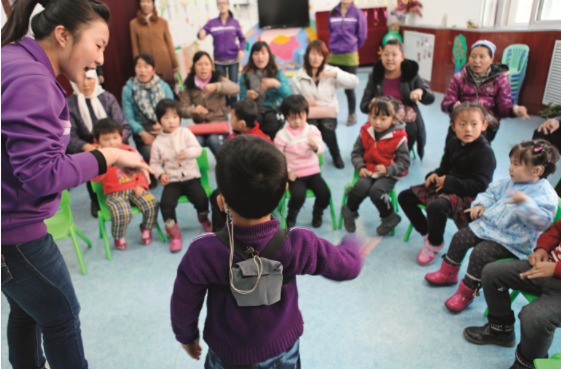
After the reform and opening up, in the 1980s and 1990s, it was hailed as the "golden age" of the development of the special education cause in my country. During this period, the state's special education normal school, or a special education teacher department attached to ordinary teachers' colleges, etc., to quickly carry out talent training. For example, the Nanjing Special Education Normal University (1982) was founded in this context, and the school sent a large number of teachers for the special education of Chinese special education.
In addition, in the early 1980s, as the only pair in the country to have a special education experience and study abroad, and has taken root in the grassroots special school for nearly two decades, "Bei Pu Nangsheng", one rely on Beijing Normal University to establish a special education department, and one based on Shanghai. The Municipal Party Committee founded the Special Education Teachers Training Center. The two have achieved foundation in the construction of higher special education disciplines and teacher training. Subsequently, universities such as East China Normal University and Huazhong Normal University have also set up special education majors or special education departments to start the discipline construction and research of high special education in my country.
At the same time, the excellent special educational practitioners of the older generation are also continuously carried out a new field of special education. For example, Chen Yunying and others of the Special Education Research Office of the Institute of Education and Sciences carried out the research work of "attending the class". Old experts such as Mao Yuyan, the Institute of Psychology of the Chinese Academy of Sciences, and Mai Jinzhao, Nanjing Special Education Normal School, carried out research on children's education.
In addition, the "Compulsory Education Law of the People's Republic of China" promulgated in 1986 clearly stipulated in the form of legal norms that local people's governments at all levels held special education schools (classes) for children with blind, deaf and intellectual disabilities. This was an important foundation and path for the development of special education in the form of "poor education in poor education" at that time.
Around the 1990s, on the one hand, the Blind Welfare Association and the Deaf and Mute Welfare Association were established, especially the establishment of the Chinese Disabled Persons Federation in 1988, and other related academic group organizations to actively participate in special education activities. For example, the research and practice of the "Golden Key Blind Education Program" carried out by Blind Tong Educator Xu Bailun since 1988 has strongly promoted the development of special education.
On the other hand, education departments in various places have set up special education management and research institutions, and in 1988 and 1990, they will be held in a national special education work conference to deploy special education for national education. In 1992, "Modern Special Education" was launched, and the "Chinese Special Education" was launched in 1994. Since then, the number of various magazines and special education research branches has further promoted the experience exchanges and academic prosperity of special education.
The "Special Education Reference Series" published by Huaxia Press in the 1990s, including "Psychological and Education of Children with Visual Disarior Children" (compiled by Shen Jiaying, Chen Yunying, Peng Xiaguang), "Psychological and Education of Gu Zhizhi Children" (Yin Chunming "(Yin Chunming" (Yin Chunming " Editor -in -chief), "Education and Training of Children with Disabled Paste" (editor -in -chief of Nanton Kunkun), etc., played an important role in the professional guidance of teachers at the time and the academic development of special education in China.
In short, in the first 20 years after the reform and opening up, the strong support of the party and the country directly laid and promoted the discipline construction and development of special education.
In the 21st century, from the beginning of the "17th National Congress of the Communist Party of China" in 2007, the start of "Caring for Special Education", to the "18th National Congress" proposed "support special education", and then to the "19th National Congress" to propose "special education for special education" Special education has become the focus of major decision -making in each party's national congress report. The "developing special education with Chinese characteristics" is also increasingly recognized and concerned by academic circles. For example, Xiao Fei, a professor at the Institute of Special Education of Beijing Normal University, said that "unique history, culture, and national conditions determine our country. You must take your own special education development path. "
At the same time, with the increasing number of researchers and full -time teachers in special education, "integration education" is becoming the mainstream model, and with the deep development of disciplines, modern technologies such as rehabilitation science, artificial intelligence, and cognitive neuroscience participation in special participation in special special participation in special participation in special specialty participation in special specialty participation in special specialty participation in special specialties. Education, more and more young scholars have more diverse thinking and broad vision than previous generations of scholars, which constitute a new force of my country's special education research team.
87 -year -old Gan Berlin is not only an excellent musician, but also made outstanding contributions in the field of special education. In 1987, with the spring breeze of reform and opening up, with the vigorous advocacy of Gan Berlin, Changchun University Special Education Institute was established. As an important institution of the disabled higher education in my country, the school has trained a large number of special education work for the country in the past 40 years. By. (Photography Zhang Heyong)
After several generations of efforts, by 2021, there are 2,288 special education schools in my country and 69,400 specialized teachers in special education.It can be said that in the historical map of the development of special education in New China, it is the strong support of the country and the persistence of "unbelievable spring winds" by several generations of special teachers, and then it supports the sky of special children.As a special teacher, Zhu Juling, who has been a lifetime, said: "Our love for special students represents the unlimited expectations and care of the party and the people, and it is also the manifestation of our teachers' infinite loyalty and love for the people and the people."Source: "March Wind"
Author: Yan Shuangyan
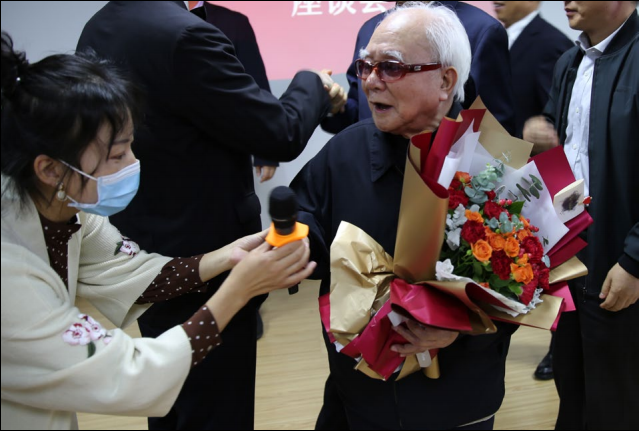
Edit: Bobenin
- END -
Gansu supports graduates to employment in urban and rural communities
Promote at least one fresh graduate in each communityGansu supports graduates to employment in urban and rural communities(Reporter Yin Xiaojun) Recently, the Gansu Provincial Department of Education,
Wenzhou's "rule of law trains" is launched in the province's railway
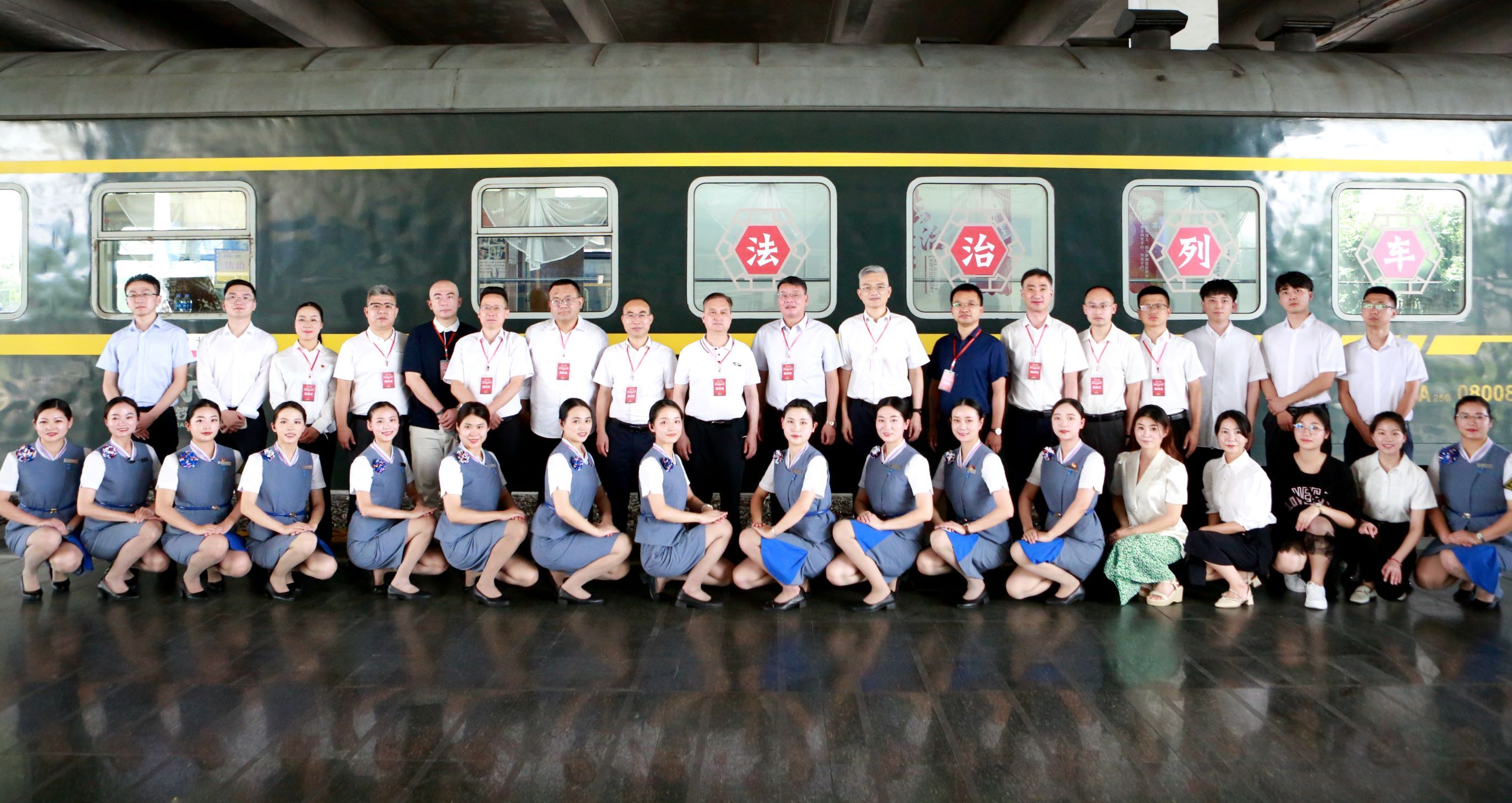
On August 5th, the launching ceremony of the Rule of Law Train jointly sponsored b...